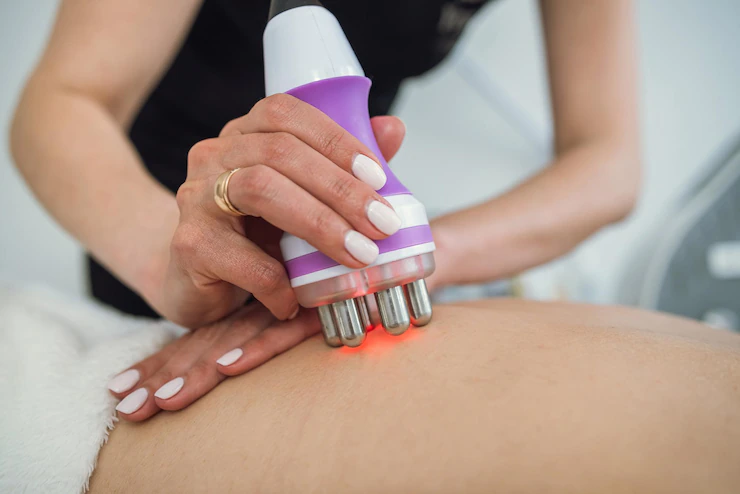Hyaluronic acid is a component of the body that is part of the joints (cartilage), the eye and the dermis (skin). It is a viscous substance with lubricating and moisturizing properties.
Hyaluronic acid is a viscous substance that lubricates and moisturizes, and is part of the joints, the eye and the dermis. It is widely used in aesthetic medicine and in different specialties such as dermatology, ophthalmology and osteoarticular diseases.
Functions of hyaluronic acid in the joints
In the joints, hyaluronic acid is part of the synovial fluid. Its functions include:
- Joint mechanical protection due to its viscoelastic properties.
- Local anti-inflammatory effect.
- Improves the structures and function of articular cartilage.
- Improvement of biomechanics and muscle strength thanks to the above properties, as well as reduction of joint overload.
- In the skin it has a great water retention capacity, favoring the hydration and elasticity of the skin.
- In the eye it is part of the vitreous humor (structure that helps maintain the part of the eye), maintaining its elasticity and hydration.
Medical applications of hyaluronic acid
The different uses of hyaluronic acid in medicine are found within the area of rheumatology, traumatology, aesthetic medicine and ophthalmology.
- Aesthetic medicine: use for facial rejuvenation. Hyaluronic acid is used as facial fillers for the removal of wrinkles, dark circles and in areas with loss of volume. It is administered through infiltrations, that is, it is injected into the area to be treated. There are different types of commercial hyaluronic acid for this use. This practice is not without risk or side effects , from mild (redness, bruising, irritation) to more serious ones such as lumps/hardening on the treated area. The patient must be informed about all possible risks and side effects and these procedures must be carried out by health professionals with adequate training, as well as the use of products with health registration intended for this use.
- Dermatology: it is used in mouth ulcers to relieve symptoms and promote healing.
- Ophthalmology: It is used in various types of ophthalmological surgery ( cataracts , retinal detachment…). It is injected into the eye during surgery to help replace natural fluids. It is also used as a moisturizer in eye drops for dry eyes.
- Osteoarticular diseases : osteoarthritis and trauma. In the field of rheumatology and traumatology, the use of hyaluronic acid has become widespread . Among the different indications, its use has been established due to its clear efficacy in osteoarthritis of the knee . In osteoarthritis of this joint is where there is greater clinical experience and where a greater number of scientific studies have been carried out. It has been seen that it exerts mechanical protection, has a local anti-inflammatory effect and seems to improve the structure and function of cartilage and chondrocytes. Hyaluronic acid is administered as an intra-articular infiltration (injection)and above all, a decrease in pain and improvement in the functionality of the knee have been observed in treated patients. Periodic infiltrations are generally recommended every 6 or 12 months with a type of hyaluronic acid approved by the Medicines Agency and intended for that use. Its application in other joints such as the hip and ankle has not yet shown a benefit. There is also no clear evidence of its efficacy regarding its use in trauma or oral administration.
WHAT YOU SHOULD KNOW…
- It is a viscous substance that lubricates and moisturizes, and is part of the joints, the eye and the dermis.
- The different uses of hyaluronic acid in medicine are found within the area of rheumatology, traumatology, aesthetic medicine and ophthalmology.
- Among the different indications, its use has been established due to its clear efficacy in osteoarthritis of the knee.









